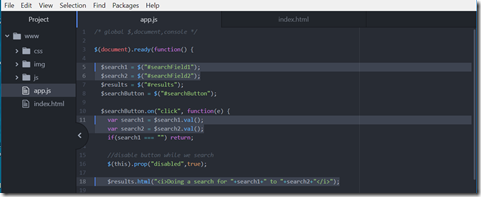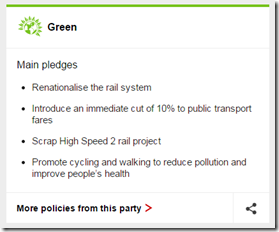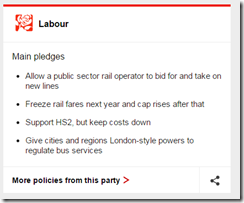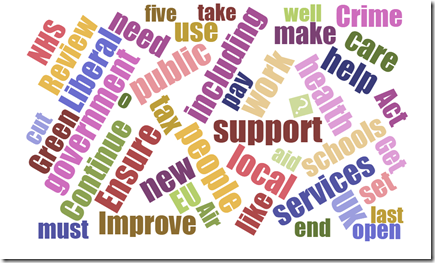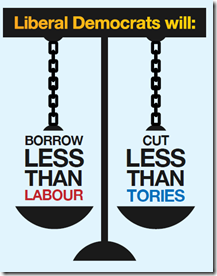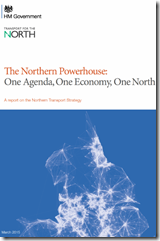Is there room for a “living legacy” (in transport after the Olympics) ?
We knew that the final Sunday of the Olympics was a quiet morning for sport, when politics returned to Sunday morning TV and the Prime Minister was interviewed by Mishal Hussein. The key question was all about legacy. What will the legacy of the London 2012 Olympics be ? We all felt the euphoria and pride in our country. There was a sense of togetherness and a common experience to unite us all. There were certainly some heroes.
 It’s been a long time since I worked on the transport planning for the London Olympics on their Travel Demand Management project. Yes, THAT project that was made famous by Boris’ annoying messages at tube stations that encouraged us all to think about our Games travel plan.
It’s been a long time since I worked on the transport planning for the London Olympics on their Travel Demand Management project. Yes, THAT project that was made famous by Boris’ annoying messages at tube stations that encouraged us all to think about our Games travel plan.
 Those announcements might be the most newsworthy, but I think it was the series of posters that went around the London tube stations and were put into Metro that to me summed up the whole campaign and used sporting characters to encourage us to think about how we travel at Games time and what we could do to play our small part in helping to put on the greatest show on Earth.
Those announcements might be the most newsworthy, but I think it was the series of posters that went around the London tube stations and were put into Metro that to me summed up the whole campaign and used sporting characters to encourage us to think about how we travel at Games time and what we could do to play our small part in helping to put on the greatest show on Earth.
So, as the nation’s attention turns to legacy, what legacy might there be from the Travel Demand Management project ? One of the terms that I was really keen on when helping design the project was the creation of a “living legacy” i.e. not only a legacy in hard transport infrastructure (such as those extra carriages on the DLR) but also a legacy in when and how we think about using that transport system.
These numbers are probably a little old now, but when we were planning the project:
– nationally only 1% of people had heard of Transport Direct (a national multi-modal journey planner),
– When there are problems on the line, 87% of people still arrive at National Rail stations not knowing about disruptions on the rail network (and start to form the queue waiting for the disrupted rail network.) [See Passenger Focus study.]
– The numbers were a little better in London, where 1 in 5 commonly used TfL’s travel tools, rising to 2 in 5 when they’d heard that there was known disruption. (This provides some comfort for the vision that I’ll outline below, where people check before they travel and exacerbate any disruptions on the line.)
These figures confirm what we all know, that transport is an habitual behaviour. We generally just do it. We don’t really want to waste time thinking about it, or planning our travel. Why would we want to plan a commuting journey that many of us do every day of our lives ? Why would we want to waste important “brain space”, that could be thinking about more noble, more salacious or more addictive stuff [delete as applicable, depending on how you think your brain works.]
How could we make an intelligent dynamic transport system, where the human elements which the transport planners call the “demand” for the transport system can be influenced to match the available “capacity” on the network and perhaps could those elements be switched dynamically in real-time, to account for unexpected peaks in demand or break-downs in performance ?
For an event like the Olympics, we can put support staff & services on high alert (perhaps even give them “blue light” status), we can temporarily increase our readiness to be able to respond to the inevitable incidents. We can employ thousands of friendly volunteers on a temporary basis, to help show the way, to provide directions, to keep crowded platforms safe or to even to help with loading disabled travellers. But, we can’t make that “business as usual”. At some point, we need to relax back to a steady operational state. Hence, don’t forget how many additional measures were put in place for the Games; which we won’t be able to keep up for Londoners. Hence, the effective available capacity of the transport system and the good-will of its users is naturally reduced in the ‘steady-state’ situation.
In a sense, the Olympics is actually the easy part. But, the Paralympics concern me … …
The TDM project coined 4 R’s: Reduce, Retime, Re-mode, Re-route, in order to build up the available network capacity when and where it was needed for the Games. The Civil Service then took these on-board in Operation Step Change in the run-up to the Games, encouraging people to think about the options available to them when they travel. People do/did work from home more and this generally builds up a buffer in the transport system. In these circumstances, the biggest R within the equation is the R for Reduce. Hence, a lot of the success of the system comes down to the work done in advance, on reducing the “background demand”. Many people took the decision to get out of town and leave London to its Olympics and they’d have their summer holiday. They might even have rented out their driveway as well.
But, when TeamGB does so well at the Games, the weather is pretty good; then actually what happens (although employers wouldn’t like to admit it, in advance) is that we naturally get a conversion of the “base load” on the transport system to what is really Games-traffic. People do watch the Olympics at work. Commuters do become “spectating spectators”. They do go and line the streets at lunch-time or after work. And, their own travel patterns are naturally altered.
In week 1 of the Paralympics, following the Bank Holiday weekend, we might also expect a natural reduction in background demand. But, in week 2, we are certainly back to the daily grind; having extracted every ounce of flexibility of our bosses. Hence, for the Paralympics and actually for the “living legacy” that I crave, we need to rely much more on the other R’s in the equation: the Re-mode, the Re-time and the Re-route and the step before each of those which is “stop and think about it”. For that living legacy, it doesn’t make sense to encourage a long-term Reduction in demand, when we are trying to bolster the economy of London. (This isn’t to say that virtual tele-working aren’t vitally important; but as the long-term trend for these increases, we hope that the economic drive will increase the need for transport even more.)
Hence, over the Paralympics, we actually get to test what we really need to test for the long-term “living legacy” in transport behaviour. Hence, the spot-light really is on.
So what do I mean by that “living legacy”. I’d like to use the Paralympics as an opportunity to kick-start a new or additional habitual travel behaviour, where commuters as part of their routine, check for disruption before they set out and on route, each and every time; and are prepared to influence their travel patterns in light of the travel information that they receive, because they trust it. Then, at that point, we can think about Re-timing, Re-routing, Re-moding i.e. commuters can think about their alternatives whilst they’ve still got time to influence their travel pattern. Perhaps, this involves calling the family and saying “sorry, transport is messed up. I’m going to take the opportunity to finish this project off; so that I can take a long week-end later this week”. Perhaps, it involves walking in the opposite direction out of the office in order to travel via a different route or even on a different mode of transport.
London is doing well with their 40% of people who know where to turn once they’ve heard that there is disruption with the transport system. However, what we want to increase now is the percentage of people, who convert it into a habit to look at travel tools, before or as they set out and turn planning into an habitual behaviour. Then, we’ve “closed the loop” and it is the first step towards that intelligent dynamic transport system that I talked about.
So, now really is the time to check out your Games plan for the Paralympics (and encourage your friends to). The Olympics were a one-off special and they are unlikely to return to London in my life-time. However, the Paralympics are more like “life as normal in London”. However, they are still a huge sporting event. They are the SECOND LARGEST EVENT in the world and they follow on immediately after the euphoria of the world’s largest event hosted in the same city. So, there is NO ROOM for complacency, no room at all and we shrug the Paralympics off at our peril. They are in September and life will go on in September. September isn’t a natural extension to our summer holidays.
Operation “Step Change” was an opportunity to prepare for something as large as the Olympics. The Paralympics are an opportunity to prepare for our lives.
So, here is my plea … … Please plan for the Paralympics. Please prepare your travel plan. Please use it as an opportunity to explore alternative routes to your place of work / your school / your trip from a night out. But don’t just plan for the Paras, plan for your life after the Paras too. Please use the Games as an opportunity embed some traveller information into your daily life. Set up some travel alerts from email or SMS, set up a widget on your desktop, set up a Live Tile on your mobile phone, … not just for the Paralympics, set up these measures for your life.
Do get it touch, if you need any recommendations on good travel tools to embed into your travel patterns.


